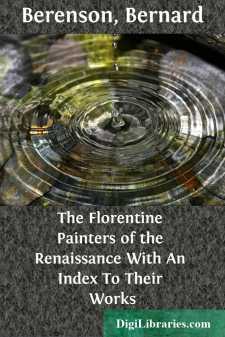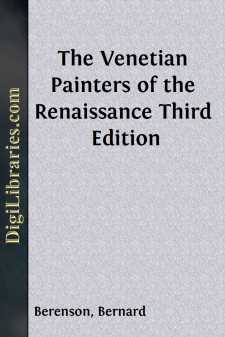Categories
- Antiques & Collectibles 13
- Architecture 36
- Art 48
- Bibles 22
- Biography & Autobiography 816
- Body, Mind & Spirit 145
- Business & Economics 28
- Children's Books 17
- Children's Fiction 14
- Computers 4
- Cooking 94
- Crafts & Hobbies 4
- Drama 346
- Education 58
- Family & Relationships 59
- Fiction 11834
- Foreign Language Study 3
- Games 19
- Gardening 17
- Health & Fitness 34
- History 1378
- House & Home 1
- Humor 147
- Juvenile Fiction 1873
- Juvenile Nonfiction 202
- Language Arts & Disciplines 89
- Law 16
- Literary Collections 686
- Literary Criticism 179
- Mathematics 13
- Medical 41
- Music 40
- Nature 179
- Non-Classifiable 1768
- Performing Arts 7
- Periodicals 1453
- Philosophy 66
- Photography 2
- Poetry 897
- Political Science 203
- Psychology 45
- Reference 154
- Religion 516
- Science 126
- Self-Help 85
- Social Science 82
- Sports & Recreation 34
- Study Aids 3
- Technology & Engineering 59
- Transportation 23
- Travel 463
- True Crime 29
Our website is made possible by displaying online advertisements to our visitors.
Please consider supporting us by disabling your ad blocker.
The Florentine Painters of the Renaissance With An Index To Their Works
by: Bernard Berenson
Categories:
Description:
Excerpt
I.
Florentine painting between Giotto and Michelangelo contains the names of such artists as Orcagna, Masaccio, Fra Filippo, Pollaiuolo, Verrocchio, Leonardo, and Botticelli. Put beside these the greatest names in Venetian art, the Vivarini, the Bellini, Giorgione, Titian, and Tintoret. The difference is striking. The significance of the Venetian names is exhausted with their significance as painters. Not so with the Florentines. Forget that they were painters, they remain great sculptors; forget that they were sculptors, and still they remain architects, poets, and even men of science. They left no form of expression untried, and to none could they say, “This will perfectly convey my meaning.” Painting, therefore, offers but a partial and not always the most adequate manifestation of their personality, and we feel the artist as greater than his work, and the man as soaring above the artist.
MANYSIDEDNESS OF THE PAINTERS The immense superiority of the artist even to his greatest achievement in any one art form, means that his personality was but slightly determined by the particular art in question, that he tended to mould it rather than let it shape him. It would be absurd, therefore, to treat the Florentine painter as a mere link between two points in a necessary evolution. The history of the art of Florence never can be, as that of Venice, the study of a placid development. Each man of genius brought to bear upon his art a great intellect, which, never condescending merely to please, was tirelessly striving to reincarnate what it comprehended of life in forms that would fitly convey it to others; and in this endeavour each man of genius was necessarily compelled to create forms essentially his own. But because Florentine painting was pre-eminently an art formed by great personalities, it grappled with problems of the highest interest, and offered solutions that can never lose their value. What they aimed at, and what they attained, is the subject of the following essay.
The first of the great personalities in Florentine painting was Giotto. Although he affords no exception to the rule that the great Florentines exploited all the arts in the endeavour to express themselves, he, Giotto, renowned as architect and sculptor, reputed as wit and versifier, differed from most of his Tuscan successors in having peculiar aptitude for the essential in painting as an art.
But before we can appreciate his real value, we must come to an agreement as to what in the art of figure-painting—the craft has its own altogether diverse laws—is the essential; for figure-painting, we may say at once, was not only the one pre-occupation of Giotto, but the dominant interest of the entire Florentine school.
IMAGINATION OF TOUCH Psychology has ascertained that sight alone gives us no accurate sense of the third dimension. In our infancy, long before we are conscious of the process, the sense of touch, helped on by muscular sensations of movement, teaches us to appreciate depth, the third dimension, both in objects and in space....



